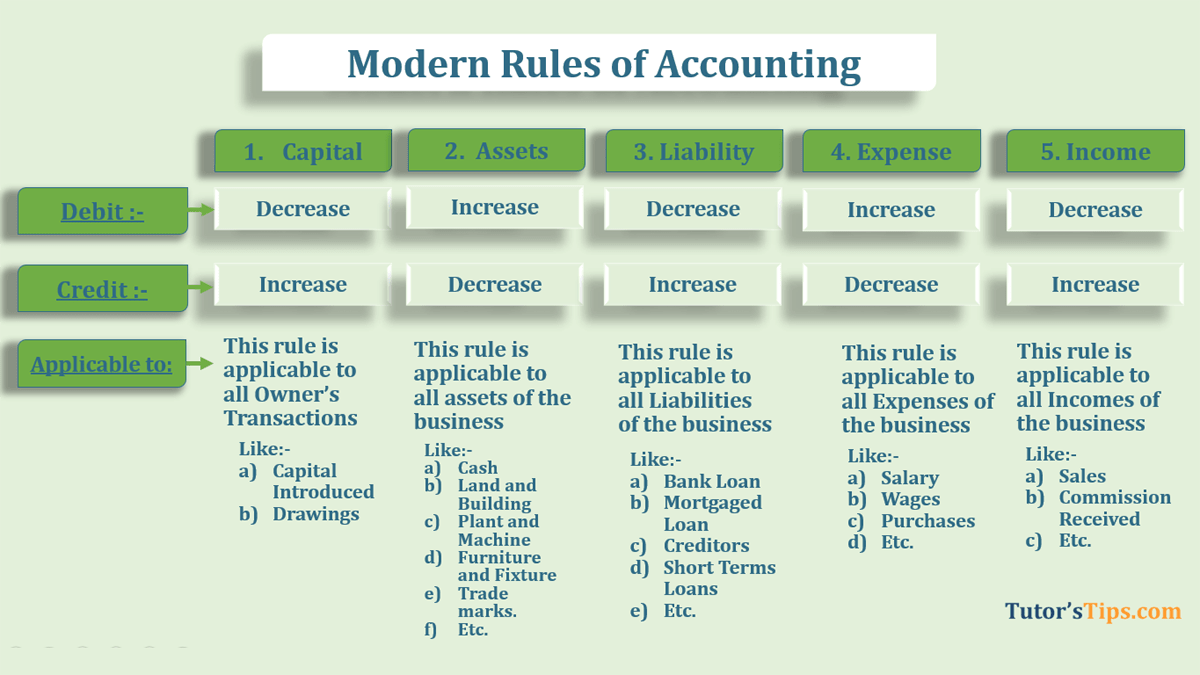A Negotiable Instrument is a document that contains a promise by one person to pay a specific amount to another certain person. In simple words, It is a written promise to pay a certain amount by the borrower to the lender of money or services. When the seller sold goods on credit to another person, he has a fear of non-payment of his due, in this case, negotiable instruments provide the guarantee to the seller for receipt of payment.
The Content covered in this article: –
- Meaning of Negotiable Instrument
- Type of Negotiable Instrument
- Promissory Note
- Bills of Exchange
- Cheque
Type of Negotiable Instrument: –
There are following three types of Negotiable Instruments
- Promissory Note
- Bill of Exchange
- Cheque
1. Promissory Note: –
A promissory note is an instrument that contains the written and signed promise by the maker(the debtor) to pay a certain amount to the creditor on the specific date or on-demand.
“A Promissory Note is writing (not being a banknote or currency note), containing an unconditional undertaking, signed by the maker to pay a certain sum of money only to or to the order of a certain person or the bearer of the instrument”.
-Section 4 of India’s Negotiable Instruments Act, 1881
The feature of the Promissory Note: –
- It is in writing.
- An unconditional promise to pay a certain sum of an amount.
- An amount should be described in it.
- It must be signed by the maker or issuer.
- The document must be dated and properly stamped.
- The amount must be payable to either a certain person or on his/her behalf.
- It clearly mentions the date of payment.
2. Bills of Exchange: –
A bill of exchange is an instrument that contains a promise to pay some amount of money to a certain person after a certain period of time. It is generally drawn by the creditor(maker or drawer) on his debtor(acceptor or drawee) and the debtor gives the acceptance to that he will pay the money to the maker(drawer) after a certain period or a specific date. It should be accepted by the person to whom it is created or by another person on his/her behalf. Without acceptance, this document doesn’t have any value.
Definition: –
“A bill of exchange is an instrument in writing containing an unconditional order, signed by the maker, directing a certain person to pay a certain sum of money only to, or to the order of, a certain person, or to the bearer of the instrument.”
-Section 5 of India’s Negotiable Instruments Act, 1881
The feature of the Bill of Exchange: –
- It should be in writing.
- In order to make a payment on the specific date or after a certain period.
- An unconditional order of payment, it does not contain any condition of payment.
- A certain amount should be described in it.
- It must be signed by both parties Drawer (maker) and Drawee.
- The amount must be payable to either a certain person or on his/her behalf.
- It should be paid on the date of maturity or on-demand or on mutual understanding.
Cheque: –
The cheque is an instrument in writing which contains an unconditional instruction to a banker (by a person who has already deposit the amount with a banker), to pay a specific amount to a certain person or to the order of the certain person or to the bearer of the instrument only on the demand.
Advertisement-X
The cheque is the most used type of negotiable instrument. It is simple and easy to use. It is the piece of paper on which the same of the payer is already mention and he will write the name of the receiver of the payment and the amount to be paid and signed it. The receiver will receive cash from the cheque by encashing it from the bank.
“A cheque is a bill of exchange drawn on a specified banker and not expressed to be payable otherwise than on demand and it includes the electronic image of a truncated cheque and a cheque in the electronic form.”
-Section 6 of India’s Negotiable Instruments Act, 1881






Leave a Reply